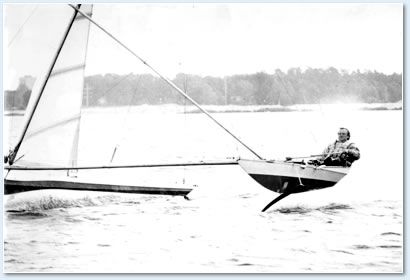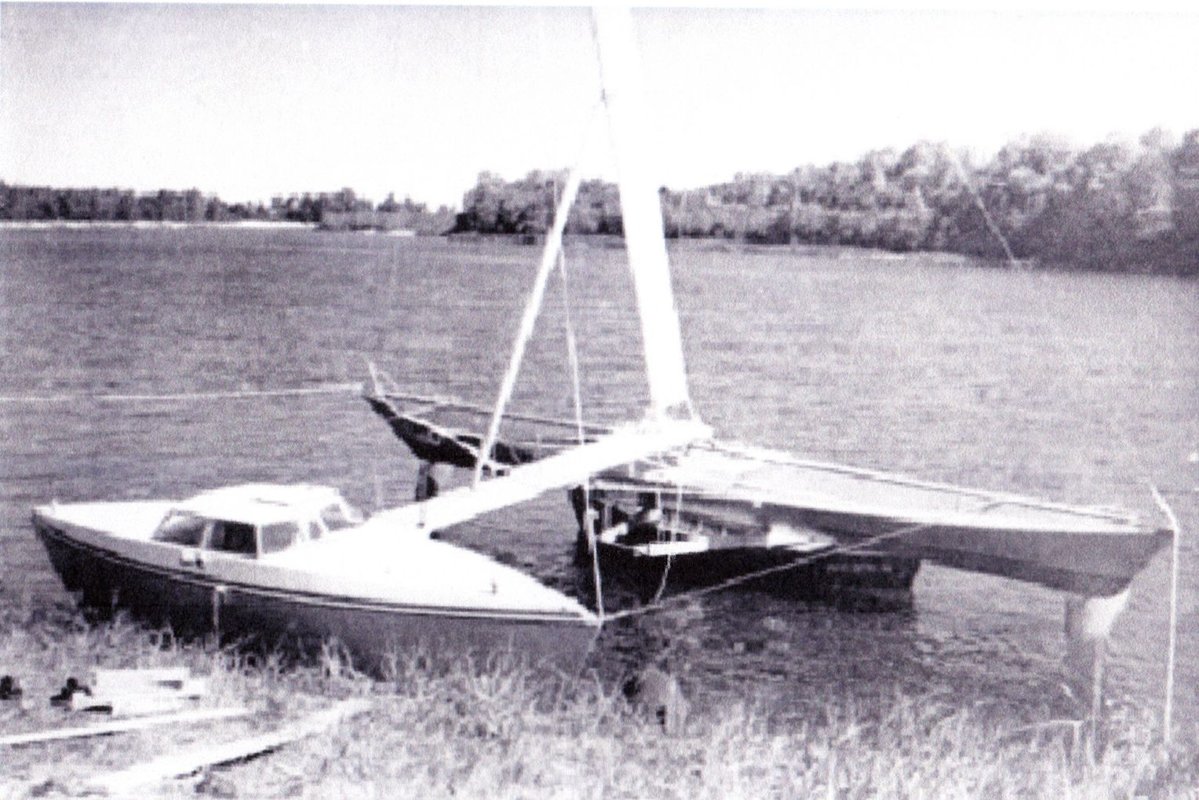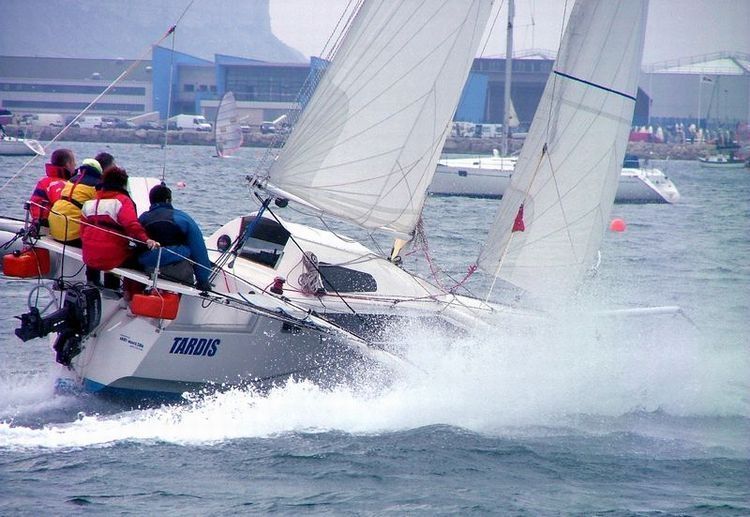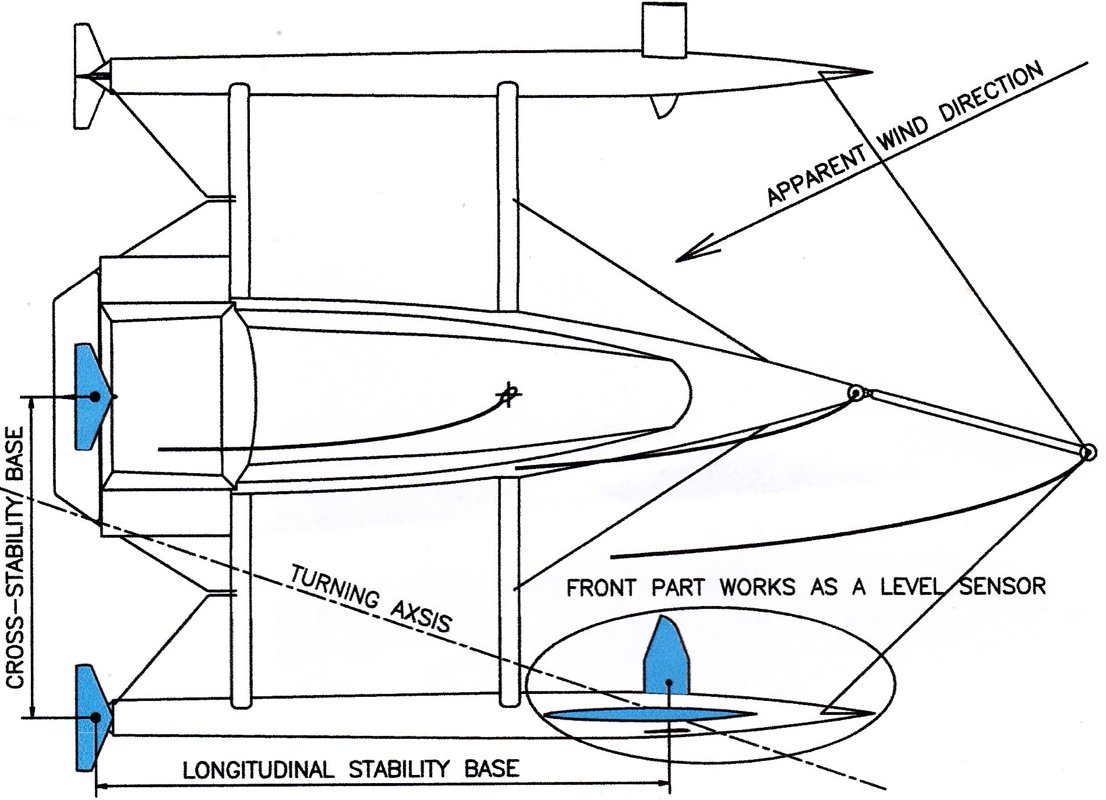Basic concept: SAFETY AND STABILITY

Short history of CATRI concept
We started the research on hydrofoils on wind-driven yachts with asymmetric catamarans. After two-year long tests, we found the possibilities for auto-stabilisation and broke the world speed record with the speed of 27 knots. Our research goal was reached.
At that moment, it was not possible to participate in competitions abroad. The record was the only chance to prove our technical potential. When the protocol, signed by the judge of the international category, had been sent to Moscow, we received financing for organising export of our catamarans Centaurus 38 and became the only yacht exporter of the former Soviet Union.
The photo shows that the sailor does not have to participate in the stabilization with their own weight due to the auto-stabilisation technology used.


The stabilising effect of the new CATRI trimarans increases together with sail tractive power and speed. At the beginning of the drive, the experimental trimaran Catri 25 is put in the calculated position with a slightly raised bow; When the wind increases, it does not change its position. Tests showed that the changes introduced in the geometry of the trimaran have significantly increased the range of auto-stabilisation in comparison to the previous CATRI models.
See demo-sail at slow wind - Catri 25 demo 1 and at medium wind - Catri 25 demo 2. After tests of the prototype Catri 25 the geometry of trimarans developed for production is further specified.

The drawing shows the principal scheme of auto-stabilisation while the trimaran is going at the left tack. As a result of the wind, the trimaran turns around the axis, which creates an angle to the movement direction. As a result, both starboard hydrofoils are submerged in water, while the port side hydrofoils are raised from the water. The angles of all hydrofoils increase up to the optimal lifting capacity. Outrigger front and the hydrofoils are created as sensors of water level and waves, and they hold the stern foils, which carries most of the weight, in the optimum angle. The auto-stabilization of the CATRI trimaran demanded significant changes in the geometry of the whole construction. Outrigger front works best as a sensor if the connection with the hydrofoil is slightly under the water level.
The CATRI hydrofoil scheme has three advantages in comparison with other schemes:
- The speed and stability of the trimaran increases in any wind speed;
- The costs of hydrofoils and their control systems decrease;
- It is easier to sail stabilized trimaran.
These qualities increase the range of trimaran applications, and provides the possibility to enjoy sailing at a greater speed also for older and disabled people.